Affiliate links on Android Authority may earn us a commission. Learn more.
Fitbit Versa 4 vs Versa 3: What's the difference?
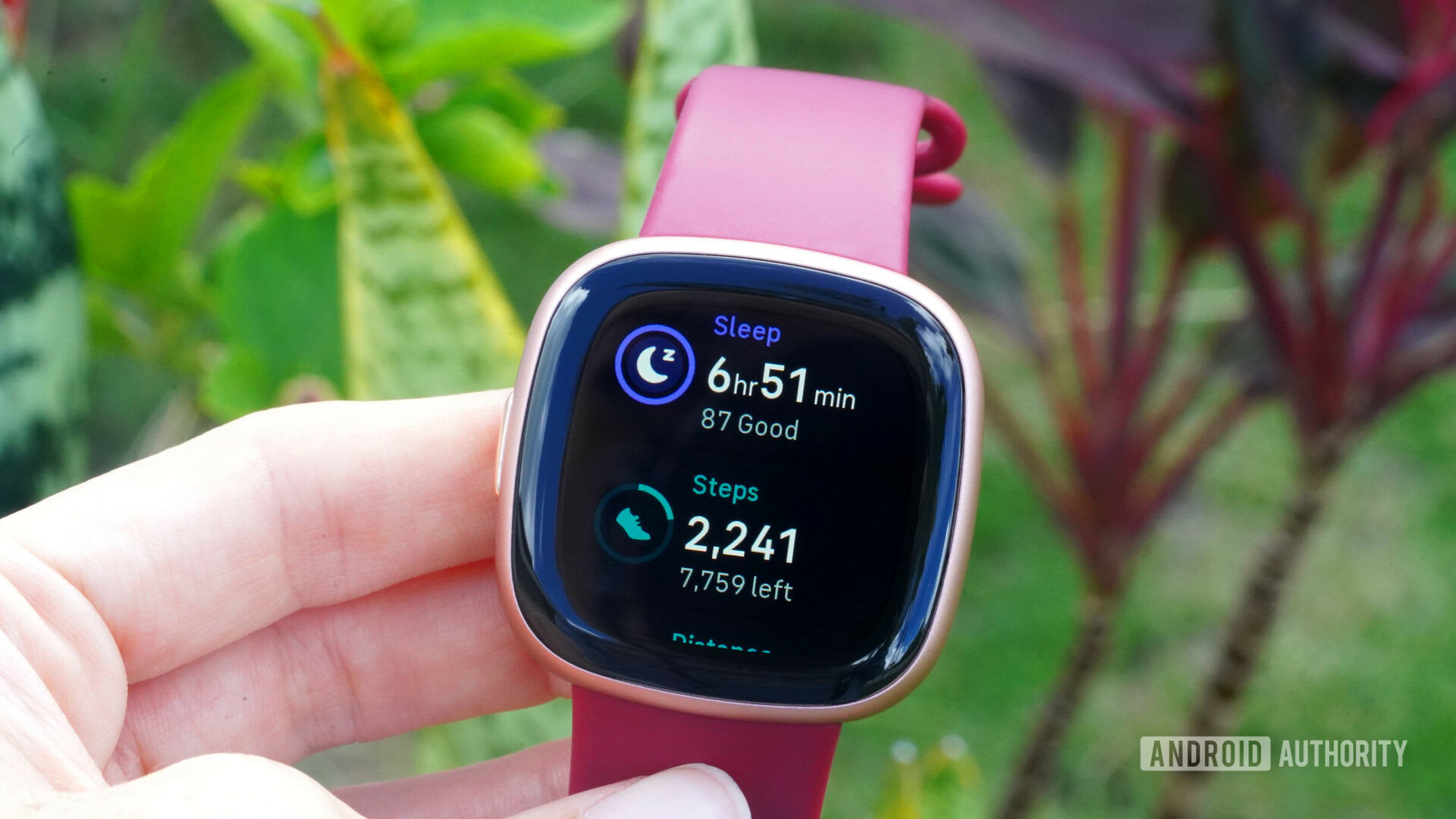
It’s been nearly two years since the Fitbit Versa 3 launched to our acclaim, offering helpful health tracking technology and standard smartwatch fare. But the wearable industry has moved on considerably since. Now under Google ownership, Fitbit has unveiled three new devices — the Sense 2, Inspire 3, and our focus of interest, the Versa 4.
In this article, we dig through the changes brought by the Versa 4, how it compares to the Versa 3, and which model you should ultimately purchase. This is our Fitbit Versa 4 vs Versa 3 comparison.
Fitbit Versa 4 vs Versa 3
Design
You’ll need a fine comb to spot the differences between all four Versa models, and even more so with the Versa 3 and Versa 4. Even though Fitbit claims the Versa 4 is redesigned from the ground up, it shares many aesthetic traits with its predecessors. Both watches include the classic square screen/rounded edges formula established with the original model. Starting with the Versa 3, Fitbit improved the fit of the AMOLED display to disguise the watch’s bezels better. This continues with the Versa 4.
The band mount is the same on both watches, and you can happily interchange Versa 3, Versa 4, Sense, and Sense 2 straps as you like. It’s great for those considering the upgrade to one of the newer watches, but it probably won’t be appreciated by collectors of classic watch straps.
Despite the commonalities between the two Versas, there are some significant improvements on the Versa 4. While the Versa 3 dropped the physical button in favor of a divisive capacitive groove, the Versa 4 reintroduces the button. You’ll also find the Versa 4’s button higher up on the body, which makes it much easier to locate and press. Its body is thinner and lighter than the Versa 3, with a lowered center of gravity. Fitbit claims this redesign makes for a more comfortable daily fit, and we thoroughly agree after wearing it for a few weeks. This is by far the Versa 4’s best quality.
Features
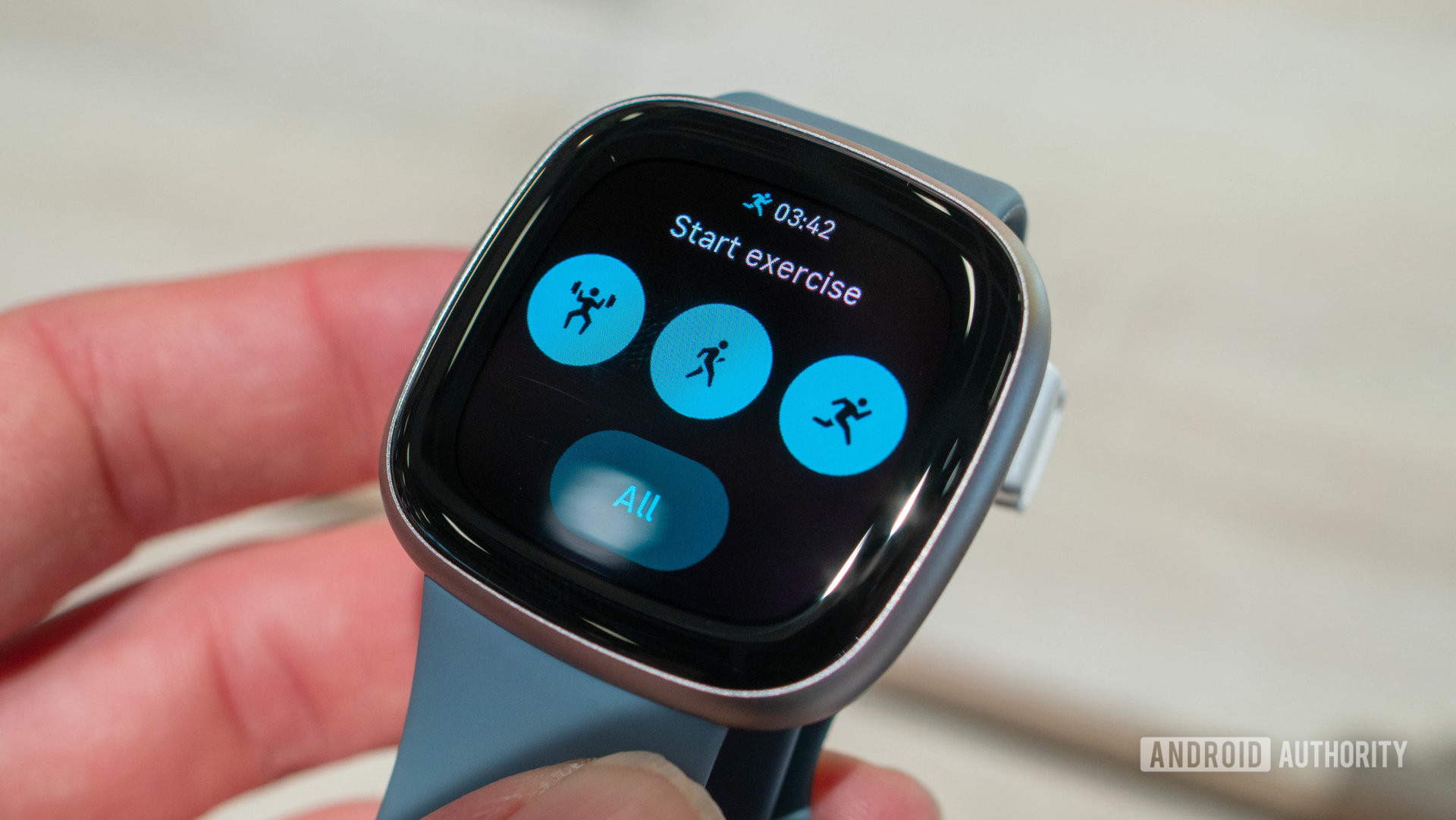
The Versa 3 was the most significant generational upgrade we’ve seen in the Versa series. It features a larger 1.58-inch AMOLED screen, built-in GPS, a speaker with Bluetooth call and Assistant support, and an upgraded heart rate sensor. This combination, held together by a refreshed Fitbit OS, makes the Versa 3 one of our favorite and best smartwatches you can buy. Although the Versa 4 retains all these features and gets upgraded internals to boot, the biggest apparent changes are on the software front.
The new model brings some nice aesthetic changes to Fitbit OS, with Wear OS-influenced “glanceable” tiles. These can be customized to better equip users with the information they need most. Although Fitbit promises that Google Maps and Google Wallet are coming to the Versa 4, we haven’t seen either grace the platform. Both features are a big miss, too. Despite Google’s slow progress with the Versa 4 on this front, it’s unlikely that the Versa 3 will receive any of these software perks.
We found that navigating the new version of Fitbit OS is easy as pie. Thanks to the sleeker UI and the return of the physical button, it’s much easier to jump around the Versa 4’s various screens and features. Going hand-in-hand with the sprightlier UI is an improved chipset. MY colleague Kaitlyn Cimino found that the Versa 4 jumps between menus and apps much faster than its predecessor. Scrolling performance is smoother, too.
Despite these improvements, the Versa 4 is the “dumber” smartwatch of the two. While the Versa 3 packs fan-favorite features like Google Assistant support, music controls, and third-party app support, these are all absent on the Versa 4. You won’t find Wi-Fi support, so updating the Versa 4 takes considerably longer than its predecessor.
For wellness-focused users seeking a reason to upgrade, the Versa 4 debuted with a new sleep profile feature that has since rolled out to other Fitbits. This feature monitors 10 sleep metrics and tells users what kind of sleeper they are. Users can then make changes to improve their sleep quality with collated information. Importantly, this is locked away behind Fitbit Premium, but like the Versa 3, Versa 4 buyers get six months of Premium on the house.
What isn’t so polished is the Versa 4’s heart rate monitor. While we found that the Versa 3’s is one of the more reliable in the Fitbit line, the Versa 4’s is simply not up to scratch. During our tests, the Versa 4 dropped off randomly and missed numerous peaks that other devices noticed. GPS performance on the Versa 4 also leaves plenty to be desired. These two critical features inform the core exercise tracking experience and dull the additional 20 exercise modes on the Versa 4.
As for battery life, the Fitbit Versa 3 quoted a wondrous six-day endurance figure in its marketing material. However, we found it challenging to reach half of that during our review. But Fitbit again claims the Versa 4 will also last six days per charge, which seems accurate mainly based on our tests. Fitbit also claims you can get a full day’s worth of battery from a 12-minute charge, while a full charge should take around 90 minutes.
Price and color options
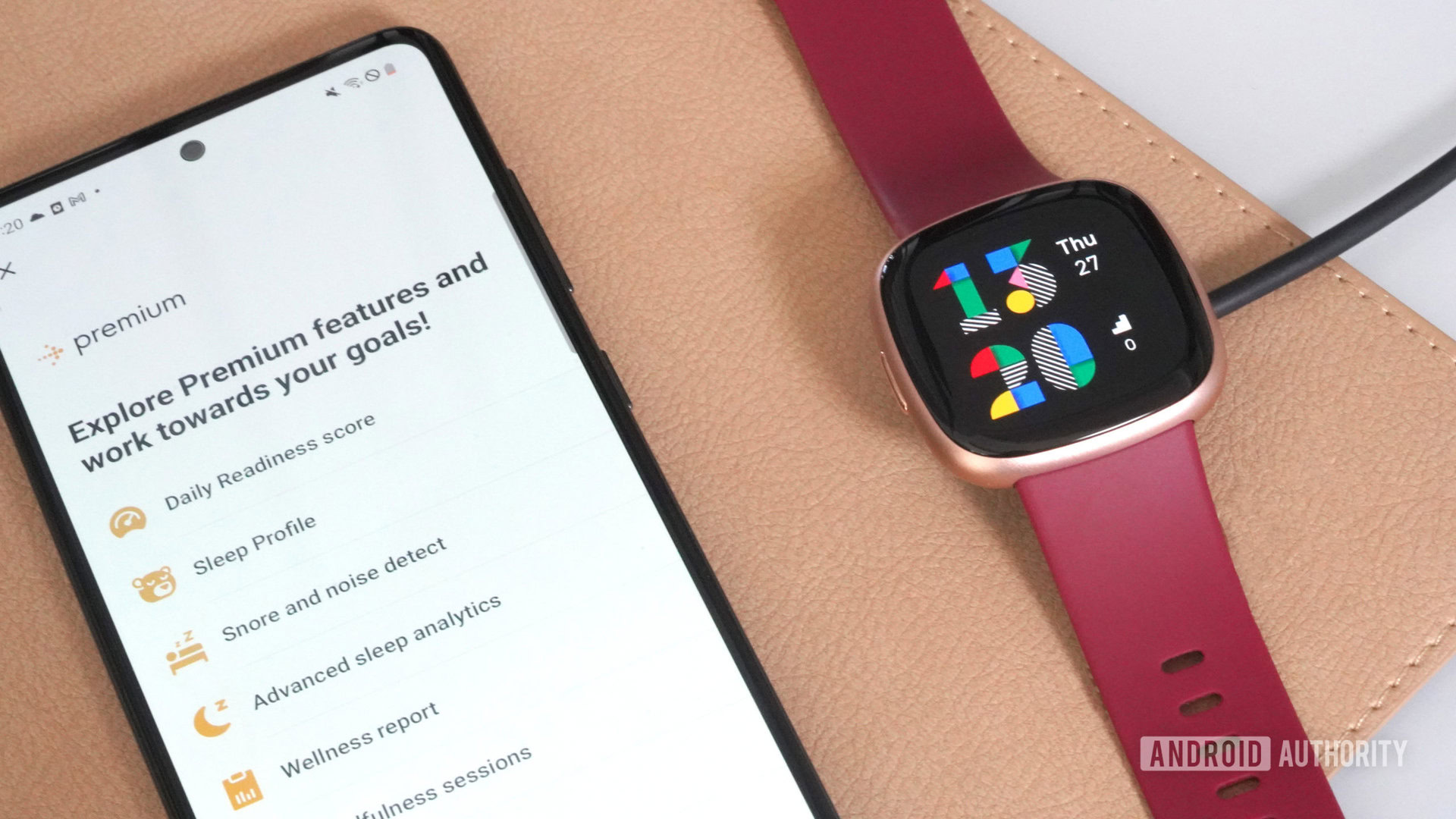
- Fitbit Versa 3: $158 at Amazon
- Fitbit Versa 4: $199 at Amazon
Well into its golden years, the Fitbit Versa 3 no longer costs the same as it did on its debut. You can now find it for much less than $170, and even less if you stumble upon one on a smartwatch deal. Even for its age, this price and feature set keeps it in contention with other devices and the Versa 4.
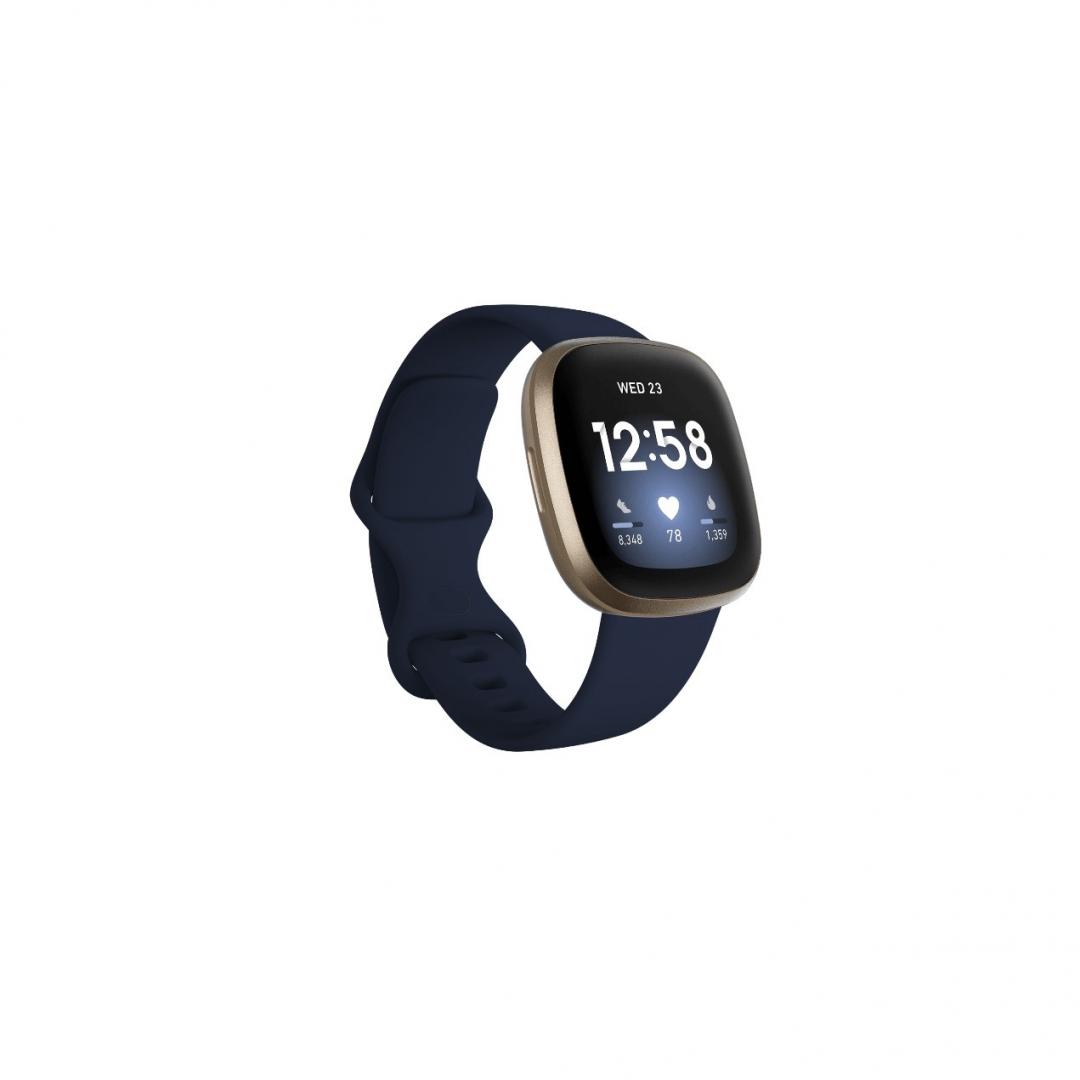
Fitbit is also pricing the Versa 4 at $229, but it goes on sale far less often than its older sibling. At this price, it still undercuts some major rivals, like the Samsung Galaxy Watch 5, Garmin Venu Sq 2, and Apple Watch SE (2022).

There are no LTE versions of either watch, which remains a curious omission from Fitbit.
As for colorways, the Fitbit Versa 3’s body is available in black or soft gold, while band colors include navy, pink, and black. The Versa 4 has many options, including a graphite case/black band option, a platinum case/Waterfall blue alternative, or a fetching Copper Rose case/Pink Sand or Beet Juice band. We think the Versa 4 wins on the aesthetics options front.
Specs
| Fitbit Versa 3 | Fitbit Versa 4 | |
|---|---|---|
Display | Fitbit Versa 3 1.58-inch touchscreen AMOLED 336 x 336 resolution 1,000 nits Corning Gorilla Glass 3 | Fitbit Versa 4 Touchscreen AMOLED |
Battery | Fitbit Versa 3 6+ days Lithium-polymer battery Charge time: (10-80%): ~40 minutes | Fitbit Versa 4 6+ days Lithium-polymer battery Charge time: (0-100%): ~120 minutes |
Memory | Fitbit Versa 3 4GB (2.5GB available for music storage) 7 days of motion data, daily totals for past 30 days HR data at 1-second intervals during exercise, 5-second intervals all other times | Fitbit Versa 4 7 days of motion data, daily totals for past 30 days HR data at 1-second intervals during exercise, 5-second intervals all other times |
Materials | Fitbit Versa 3 Aluminum case Classic strap: flexible material similar to that used in many sports watches | Fitbit Versa 4 Aluminum case Classic strap: flexible material similar to that used in many sports watches |
Sensors and components | Fitbit Versa 3 Device temperature sensor Optical heart rate sensor Built-in GPS + GLONASS SpO2 sensor Gyroscope Altimeter 3-axis accelerometer Ambient light sensor Wi-Fi (802.11b/g/n 2.4GHz) NFC Vibration motor Speaker Microphone | Fitbit Versa 4 Device temperature sensor Multi-path optical heart rate sensor Built-in GPS + GLONASS SpO2 sensor Altimeter 3-axis accelerometer Ambient light sensor Wi-Fi NFC Vibration motor Speaker Microphone |
Water resistance | Fitbit Versa 3 5ATM | Fitbit Versa 4 5ATM |
Notifications | Fitbit Versa 3 Call, text, calendar, email, music control, and much more | Fitbit Versa 4 Call, text, calendar, email, music control, and much more |
Compatibility | Fitbit Versa 3 Android iOS | Fitbit Versa 4 Android 10 or newer iOS 13.3 or newer |
Dimensions | Fitbit Versa 3 40.48 x 40.48 x 12.35mm 41-43g Small strap: 140-180mm Large strap: 180-221mm | Fitbit Versa 4 38.1 x 38.1 x 11.43mm Small strap: 140-180mm Large strap: 180-220mm |
Colors | Fitbit Versa 3 Black/Black aluminum, Pink Clay/Soft Gold aluminum, Midnight/Soft Gold aluminum | Fitbit Versa 4 Black/Graphite aluminum, Waterfall Blue/Platinum aluminum, Pink Sand/Copper Rose aluminum, Beet Juice/Copper Rose aluminum |
Fitbit Versa 4 vs Versa 3: Which should you buy?
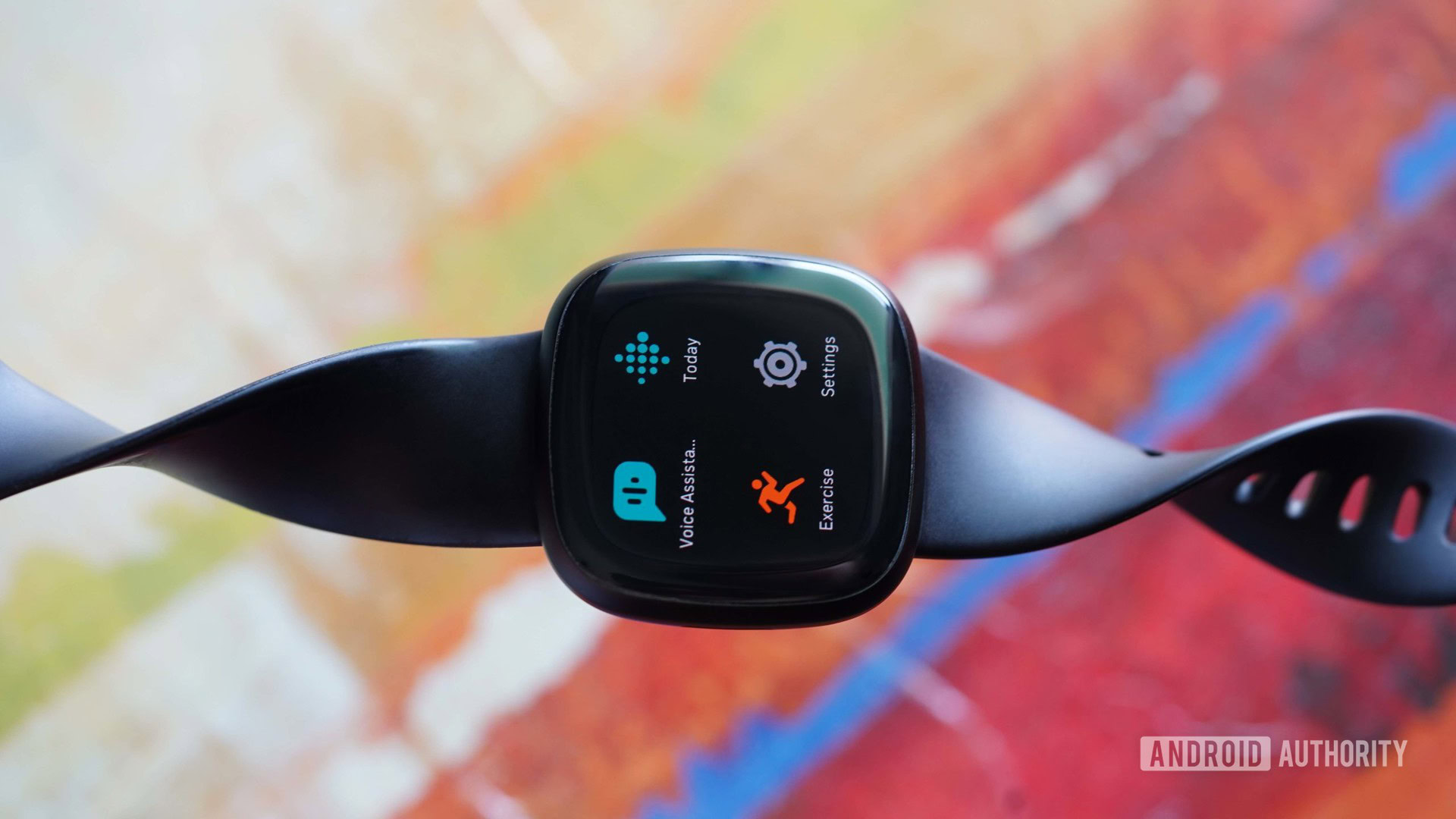
Even with the Fitbit Versa 4 in play, the Versa 3 remains a compelling wearable. We stand by our claim that it’s among the best smartwatches for most people, especially considering its regular price dips. Be aware that the Versa 3 won’t get the new software featured on the Versa 4. You’ll also have to make peace with that awkward capacitive button. But if you can live with its quirks, the older Fitbit UI, and fewer exercise modes, there’s no honest-to-goodness reason to upgrade to the Versa 4. The Versa 3 is still a stellar fitness smartwatch.
New Fitbit users: take note. We find that the Fitbit Versa 4’s changes make for a mature, refined smartwatch experience. The return of a physical button is reason enough to upgrade. That relatively low $229 launch price places the Versa 4 in good stead, especially when viewed alongside its rivals from other companies. However, the Versa 4’s lack of smart features blemishes its improvements.
Ultimately, the two watches still offer something for each buyer, but the Versa 3 is the more sensible option.
What do you think of the Fitbit Versa 4? Will you be upgrading? Let us know in the poll below.